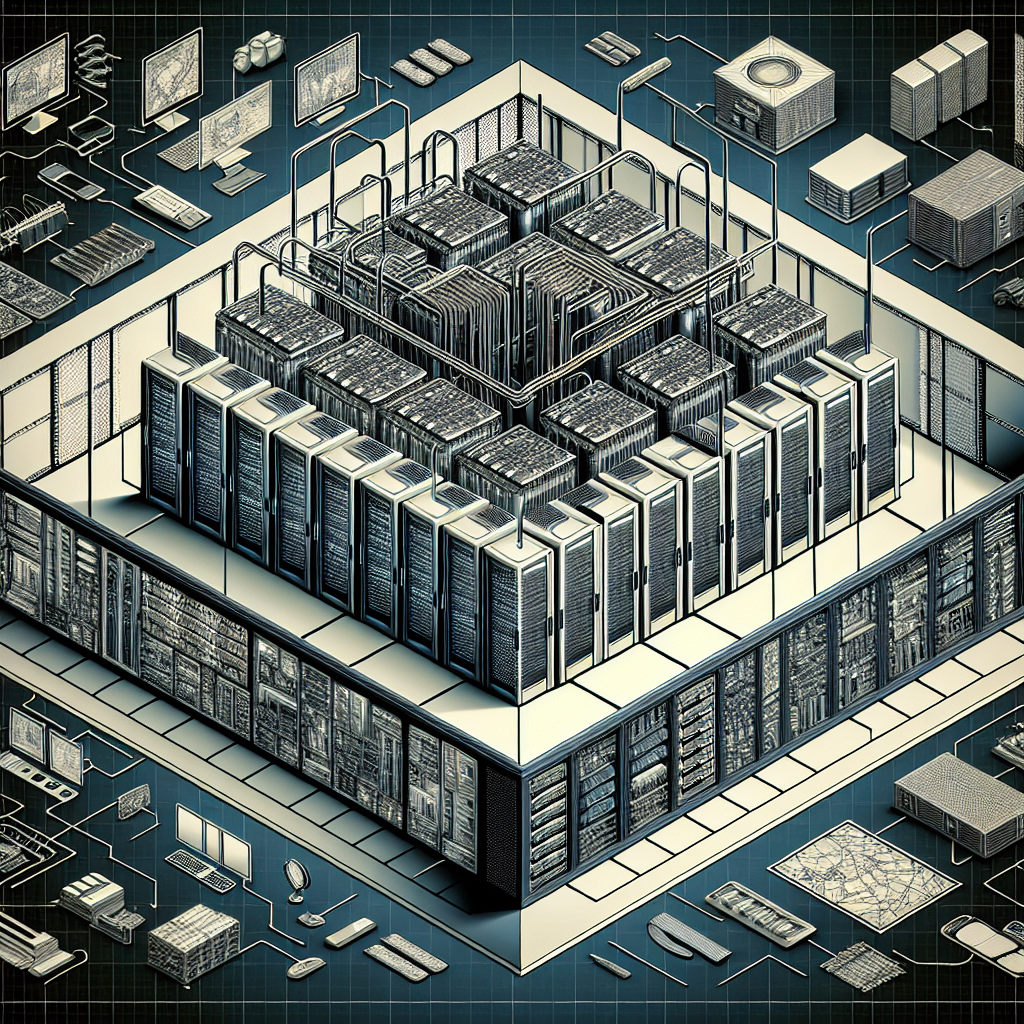Data centers are the backbone of the modern business world, serving as the hub for storing, processing, and distributing critical data and applications. As such, ensuring the resilience of a data center is essential for maintaining business continuity and protecting against costly downtime.
Resilience, in the context of data centers, refers to the ability of a facility to withstand and recover from unexpected events or disruptions without compromising the availability and integrity of data and services. Achieving data center resilience requires a comprehensive approach that encompasses multiple key elements. Here are some important factors that every business needs to consider when assessing the resilience of their data center:
1. Redundant Power Supply: One of the most critical elements of data center resilience is a redundant power supply. Data centers rely on a continuous and reliable source of power to operate, and any interruption in power can lead to downtime and data loss. To mitigate this risk, data centers should have multiple power sources, such as backup generators and uninterruptible power supply (UPS) systems, to ensure continuous operation in the event of a power outage.
2. Climate Control: Data centers generate a significant amount of heat due to the high-density servers and equipment they house. To prevent overheating and equipment failure, data centers must have robust climate control systems in place. This includes precision cooling systems, temperature and humidity monitoring, and redundant cooling units to maintain optimal operating conditions.
3. Physical Security: Data centers store sensitive and valuable information, making them a prime target for security threats. To protect against unauthorized access, theft, and vandalism, data centers should have stringent physical security measures in place, such as access controls, surveillance cameras, and security guards. Additionally, data centers should be located in secure facilities with controlled access to minimize the risk of security breaches.
4. Data Backup and Recovery: Data loss can have devastating consequences for businesses, leading to financial losses, reputational damage, and regulatory penalties. To protect against data loss, data centers should have robust backup and recovery mechanisms in place. This includes regular data backups, offsite storage, and disaster recovery plans to ensure quick and efficient recovery in the event of a data breach or disaster.
5. Network Redundancy: Data centers rely on a complex network infrastructure to connect servers, storage devices, and other equipment. To ensure high availability and reliability, data centers should have redundant network connections and switches to prevent network downtime. Additionally, data centers should have diverse network paths and connections to minimize the impact of network outages or failures.
In conclusion, data center resilience is essential for maintaining business continuity and protecting against costly downtime. By prioritizing key elements such as redundant power supply, climate control, physical security, data backup and recovery, and network redundancy, businesses can ensure the resilience of their data centers and mitigate the risks of data loss and downtime. Investing in a robust and resilient data center infrastructure is essential for safeguarding the integrity and availability of critical data and applications in today’s digital age.


Leave a Reply